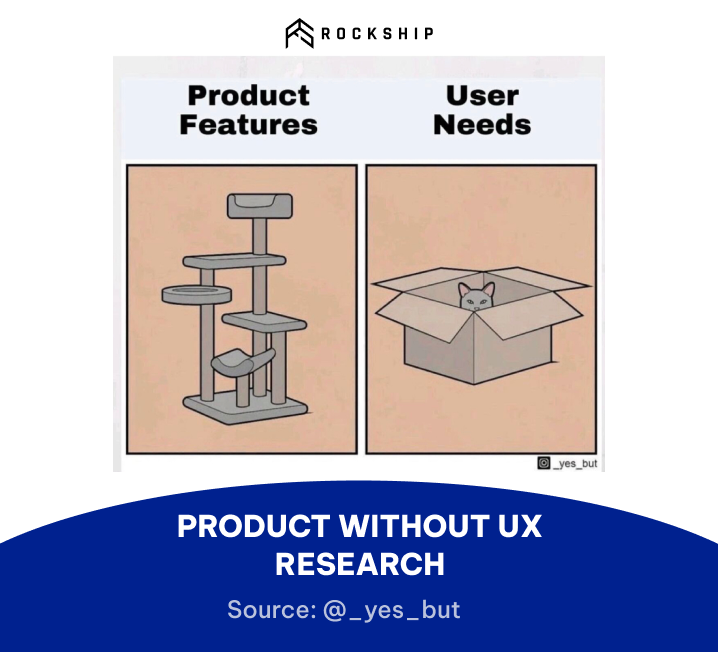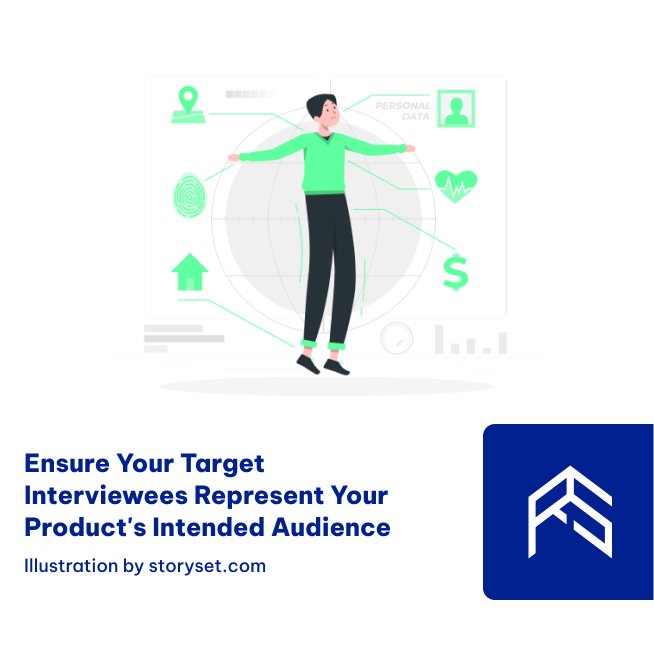Ever wonder why some apps or websites just seem to "get" you while others leave you frustrated? It all comes down to understanding user needs and experiences. How? The key to designing an intuitive user experience is talking with the actual people who will be using your product. User interviews are essential for creating a great UX and here's why.
Understanding User Interviews for UX Design
User interviews are essential for UX design. It involves direct conversations between a designer or researcher and a user of a product, service, or system. These interviews provide key insights into your users' behaviors, experiences, motivations, and pain points. But they are not sales meetings. You're not trying to pitch or persuade people. The goal is to understand your users better so you can design for their needs.
In user interviews, the interviewers ask open-ended questions to encourage participants to share their experiences, thoughts, and emotions related to the product or service being studied. The questions are designed to uncover not only what users do, but also why they do it, what challenges they face, and what their expectations are. By delving into the user's perspective, designers can gain a deeper understanding of how to meet user needs and improve the overall user experience.
Why Is It Important for UX Design?

Why are user interviews so essential for UX design? There are a few key reasons:
Discover Pain Points and Needs
User interviews allow you to gain valuable insights into people's behaviors, motivations, and needs. By talking to real users, you can uncover pain points in the current user experience and identify opportunities for improvement. This helps ensure you're designing a product that actually meets user needs.
Answer the "Why" question
User interviews also uncover insights you can't get from analytics alone. You get to ask follow up questions and probe deeper into the reasons behind people's behaviors and opinions.
Analytics might tell you that a feature isn't used often, but interviews can reveal why.
Maybe it's confusing, maybe it's redundant, or maybe users don't even know it exists.

Validate Assumptions
It's easy to make false assumptions about how people use a product. User interviews validate or invalidate your assumptions, ensuring design decisions are data-driven. You may go into an interview thinking users want one thing, only to discover their actual needs are quite different. User interviews ground your thinking in facts.
Build Empathy
Interviewing users helps build empathy by exposing you to different perspectives and experiences. You get to hear users describe how they interact with your product in their own words. This can reveal insights you never would have discovered on your own and helps create solutions tailored to user needs.
How to Prepare for a User Interview Session
Conducting a user interview session requires careful preparation to gain valuable insights. Here is a step-by-step guide to help you plan an effective session:
1> Set clear goals
First, determine what you want to learn from the interviews. Do you want to improve an existing product feature or get feedback on a new concept? Write down specific questions that will provide answers to your goals. For example, if your goal is to improve user onboarding, ask questions like “What was frustrating or confusing about getting started with the product?”
2> Choose target interviewees and decide how to interview them
Decide what types of users would provide the most valuable feedback for your goals. Who are the users you want to interview? Ensure they represent your product's intended audience. For example, choose frequent users to discuss improving an existing feature or new users to get feedback on your onboarding process. Aim for 3 to 5 interviewees for each type of user.

3> Decide the methods for interviews
At this point, you should ask yourself first how you want to interview them: directly, via phone, or email. Based on the research goals and user characteristics, you can explore different interviewing methods to best suit your interests. Here are a few common methods:
- In-Person Interviews: These provide an opportunity for face-to-face interactions, allowing you to observe facial expressions, and body language, and gather nuanced insights. In-person interviews can be conducted one-on-one or in a group setting, such as a focus group.
- Remote Interviews (Phone or Video): Remote interviews are useful when users are geographically dispersed. Phone interviews offer auditory insights, while video interviews enable observing non-verbal cues. Tools like video conferencing software or phone calls can facilitate these interviews.
- Contextual Inquiry: This method involves observing users in their natural environment while they interact with a product or perform tasks. It can provide valuable insights into the user's context and workflow.
- Online Surveys: Surveys are suitable for collecting quantitative data from a large number of users. They can be administered through various online survey platforms.
4> Find and invite users
Once you know your target users, reach out through social networks, online communities, or your company contacts. Explain your research goals and what to expect in the interview. Provide an incentive, if possible. For example, offer a gift card or trial of your product in exchange for their time.
5> Design open-ended questions
Create a list of open-ended questions toward your set goal, roughly from 15 to 20. These questions should encourage detailed responses. For example, ask “How did you accomplish X task?” rather than “Was it easy to do X task?” Follow up their initial responses with probes like “Can you tell me more about that?” or “Do you have any other examples?”
6> Write a script and anticipate responses
Script an introduction to explain the purpose, format, and length of the interview. Prepare follow up questions and possible responses to build off the user's answers. The more you anticipate, the better equipped you'll be to have a meaningful conversation.
7> Do a pilot test if possible
If possible, do a practice run with someone who matches your target user profile. Ask them the same questions you'll use in actual interviews. See what kinds of responses you get and make any final adjustments to your questions or script.
8> Conduct the Interviews
Begin interviews by building rapport with participants through introductions. Create a comfortable environment where participants feel at ease sharing their thoughts. Start with broad questions and gradually delve into more specific topics. Listen actively, allowing participants to express their experiences fully.
When the interviewees response, record the interview using audio, video, or note-taking methods. Document participants' responses, key points, and any non-verbal cues. Recording the interviews ensures accuracy when analyzing the data later.
Limitations and Biases of User Interview for UX Design
While user interviews provide valuable insights, they also have limitations. The sample size is typically small, so the information may not represent the full range of users and use cases. Interviews can also be subject to biases from both the interviewer and the users during the session.
Cognitive biases, such as social desirability bias or confirmation bias, can skew responses as participants may unconsciously provide answers they think the interviewer wants to hear. Additionally, interviews are often conducted in controlled environments, which might not accurately reflect real-world usage.
To gain more valuable insights on how these interviews might go wrong and tips to counter it, check out why UX Interview Is A Lot Harder Than It Looks
Conclusion
User interviews are a crucial part of the UX design process. While they do require time and resources, the investment pays off in designing experiences that truly resonate with people. So don't skip this step. Talk to your users, get to know them, understand what they care about. Then use those learnings to build something they'll genuinely love. Your users, and your business, will thank you for it.



